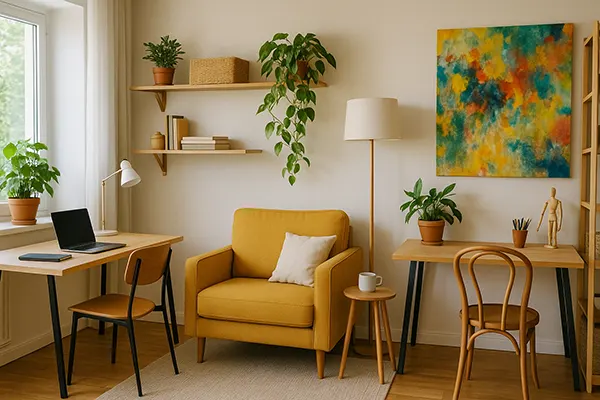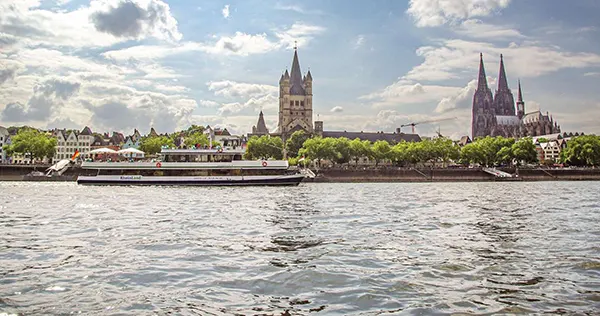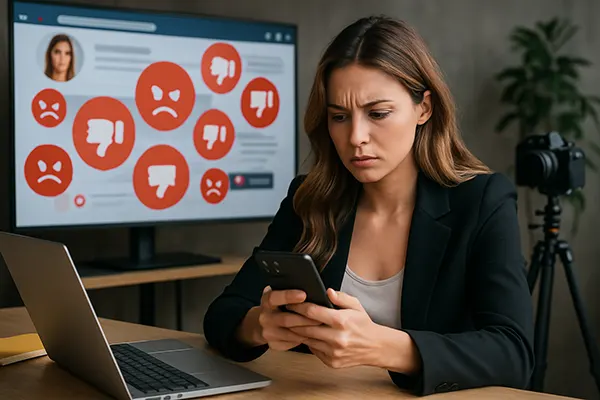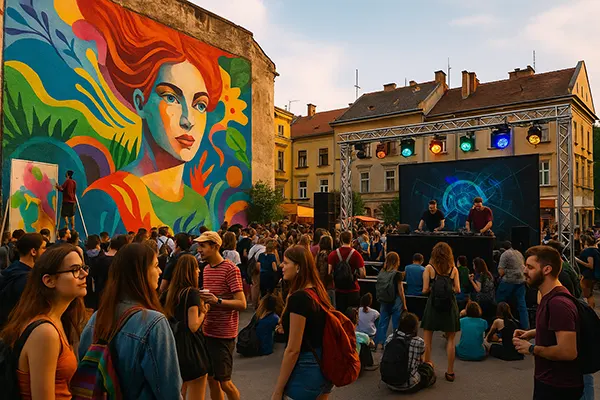
Youth Cultural Routes in Eastern Europe: Hidden Festivals and Art Events in 2025
In 2025, Eastern Europe offers a growing map of unconventional festivals and artistic gatherings that appeal to the curiosity and creativity of young travellers. Beyond the mainstream events in capital cities, smaller and less commercial towns now host vibrant cultural experiences combining visual art, cinema, street culture and music. This article explores unique routes and events that blend tourism and artistic discovery throughout the region.
Independent Film Festivals and Audiovisual Culture
In Lviv, Ukraine, the Wiz-Art Short Film Festival will once again take centre stage in August 2025. Known for showcasing emerging talents in experimental cinema, the festival remains a vital platform for regional voices and a creative hub for young cinephiles. Alongside screenings, the programme includes open-air Q&As, night-time projections, and workshops on non-commercial film production.
Another essential stop is the Astra Film Lab in Sibiu, Romania, which will present its 2025 edition in October. Although small in scale, this event has earned respect in the documentary community, promoting collaborations between students and international professionals. Its hybrid format includes both physical screenings and real-time VR storytelling showcases, enabling deeper immersion into documentary narratives.
Meanwhile, Novi Sad in Serbia will host the Balkan Short Film Night, a travelling pop-up cinema project stopping in train stations and abandoned industrial spaces. This edition’s focus is political satire and DIY filmmaking, fostering direct connections between artists and the public.
Planning Your Trip to Film Events
Budget-conscious travellers can opt for university hostels or independent guesthouses, many of which collaborate with local festivals to offer discounts. Early registration for festival passes often provides both access and accommodation deals. Trains and buses remain the most cost-effective mode of transport across Eastern Europe—especially when booked through regional apps like BalkanViator or PKP Intercity.
To blend cultural immersion with relaxation, many choose routes that link cities with nearby nature—Lviv and the Carpathians, or Sibiu with Făgăraș Mountains. These combinations allow a unique rhythm of day-time exploration and evening screenings. Some festivals also offer volunteer roles, giving deeper engagement in exchange for free entry and meals.
It’s essential to check entry requirements for non-EU travellers in advance. While Ukraine and Moldova remain outside the Schengen zone, Romania, Poland, and Slovakia require only an EU ID or passport. For travellers from the UK or US, short-stay visas usually aren’t necessary for visits under 90 days.
Street Art and Urban Subcultures
Chișinău’s Urban Spirit Festival will make headlines in May 2025, with new murals rising across post-Soviet industrial districts. Created in collaboration with local graffiti artists and international street art collectives, the festival uses art as urban resistance. Workshops, zine fairs and sound installations take over unused warehouses, celebrating underground culture while supporting city regeneration.
In Kraków, Poland, the Invisible City Sessions return with their secret map-based audio tours. Guests explore backstreets guided by augmented reality apps and poetry-infused recordings from local residents. This subtle, poetic approach to urban art connects public spaces with social memory and protest movements.
Elsewhere, in Košice, Slovakia, a new initiative called MestoLab supports young artists to create community-based installations in underused neighbourhoods. The 2025 programme will spotlight climate-themed art in collaboration with ecological groups and architectural students.
How to Experience Street Art Safely and Authentically
Unlike formal museums, many urban art experiences are ephemeral. Maps may change daily, and locations might be accessed only on foot. Walking tours hosted by artists offer real insights into the works’ political and cultural context. Always respect local codes—especially in squatted zones or semi-legal art spaces—by asking permission before taking photos.
Public transport remains your best tool. Cities like Kraków or Chișinău offer day passes valid across trams and metro lines. Travel apps with offline GPS mapping such as MAPS.ME are highly recommended when exploring back alleys or lesser-known areas. When possible, download event timetables in advance, as mobile reception may be limited in industrial zones.
For those seeking a hybrid trip, plan stays in mixed-use artist residencies, which often offer beds for cultural travellers. These venues double as studios, cafes, and exhibition halls—ideal for meeting other visitors and creatives in a safe and budget-friendly space.
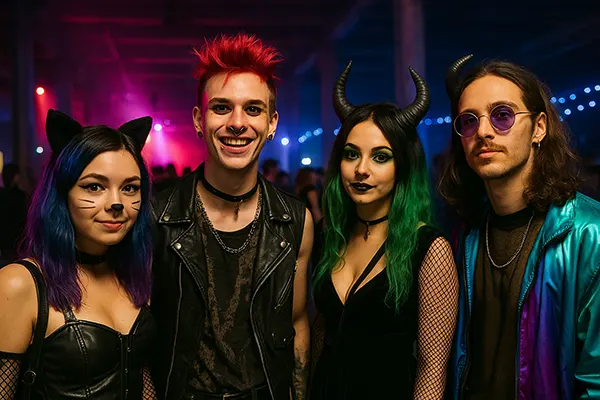
Digital Art Installations and Alternative Music Gatherings
Bucharest’s Rokolectiv Festival in 2025 will spotlight cutting-edge audio-visual performances, combining experimental music with generative AI installations and interactive visuals. Hosted in both underground clubs and national museums, the programme bridges old and new Romania through radical sound and digital art aesthetics.
Poznań, Poland, offers an entirely different atmosphere with its Open Thresholds Festival. This three-day event in June is built around decentralised performance zones in disused factories and public baths. Featured artists come from queer collectives, experimental noise groups, and algorithmic music scenes, delivering art without compromise.
Budapest’s NightShift 2025 will highlight urban rave culture through a non-stop 48-hour programme of audio-reactive light shows, VJ battles and participatory coding sessions. As with its past editions, this event merges nightlife with new media art, targeting youth-led innovation in public spaces.
Combining Digital Art and Travel in 2025
Digital-heavy events often require special gear or connectivity. Bringing noise-cancelling headphones, portable battery packs, and eSIM cards with reliable data plans will help. Romania and Hungary have good 4G infrastructure, but local providers like Digi or Telekom offer tourist SIMs for cheaper roaming.
When booking accommodation, target creative districts such as Poznań’s Jeżyce or Budapest’s District VIII, where hostels double as community hubs. Many of these spaces offer free workshops or rooftop screenings for guests. Bookings through sites focusing on cultural stays—such as Welcome Beyond or Unsettled—often provide more immersive experiences.
Don’t overlook pre- or post-event meetups organised via Telegram or Discord groups tied to the festival. These online communities serve as real-time travel support, artist directories, and even logistics hubs for ride-shares and gear swaps. Being digitally plugged in is essential for getting the most from tech-forward art gatherings.


